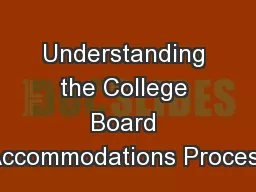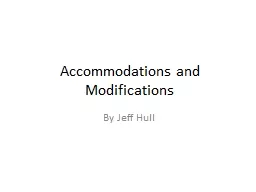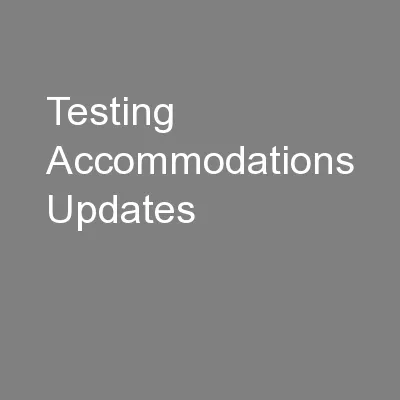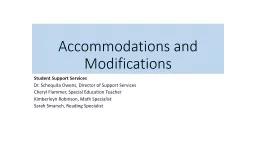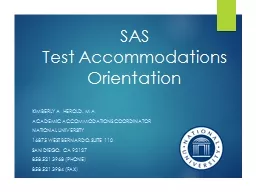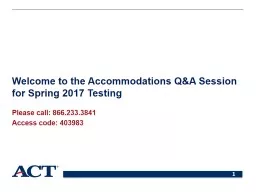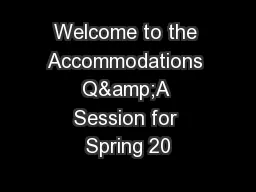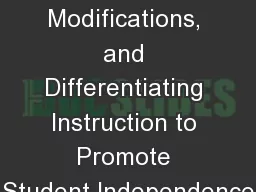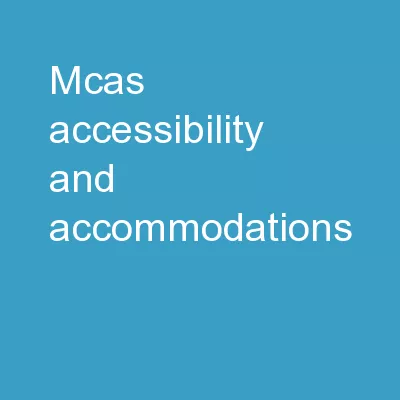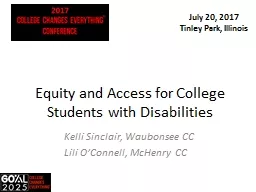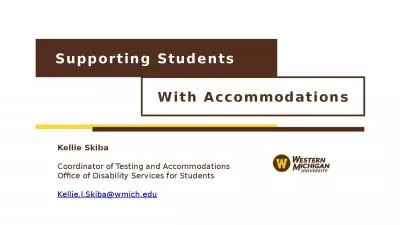PPT-Understanding the College Board Accommodations Process
Author : liane-varnes | Published Date : 2018-02-28
November 2016 Session Goals Our goal today is to provide an overview of PSAT 10 and SAT including Activities before during and after test day Review of the College
Presentation Embed Code
Download Presentation
Download Presentation The PPT/PDF document "Understanding the College Board Accommod..." is the property of its rightful owner. Permission is granted to download and print the materials on this website for personal, non-commercial use only, and to display it on your personal computer provided you do not modify the materials and that you retain all copyright notices contained in the materials. By downloading content from our website, you accept the terms of this agreement.
Understanding the College Board Accommodations Process: Transcript
Download Rules Of Document
"Understanding the College Board Accommodations Process"The content belongs to its owner. You may download and print it for personal use, without modification, and keep all copyright notices. By downloading, you agree to these terms.
Related Documents

